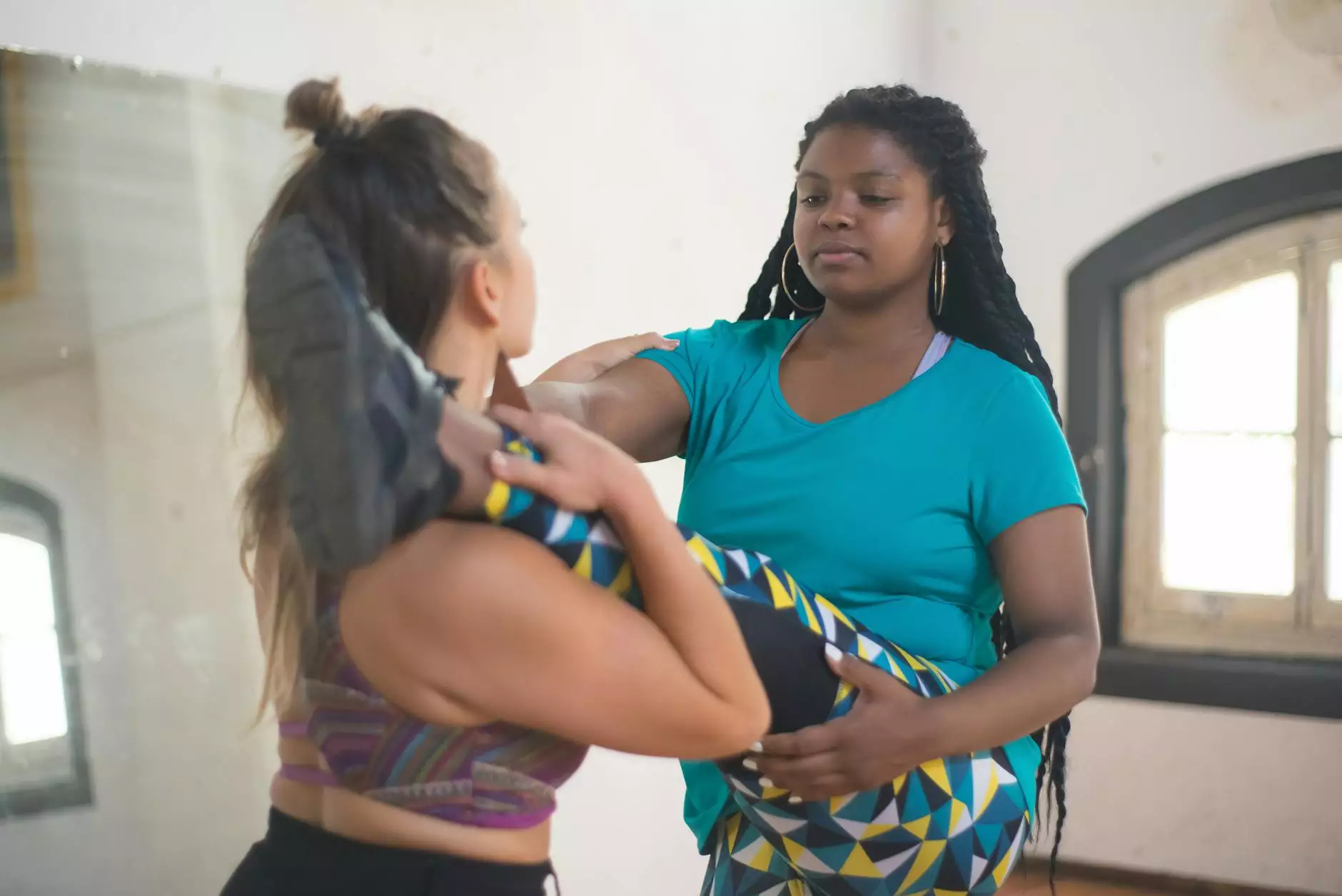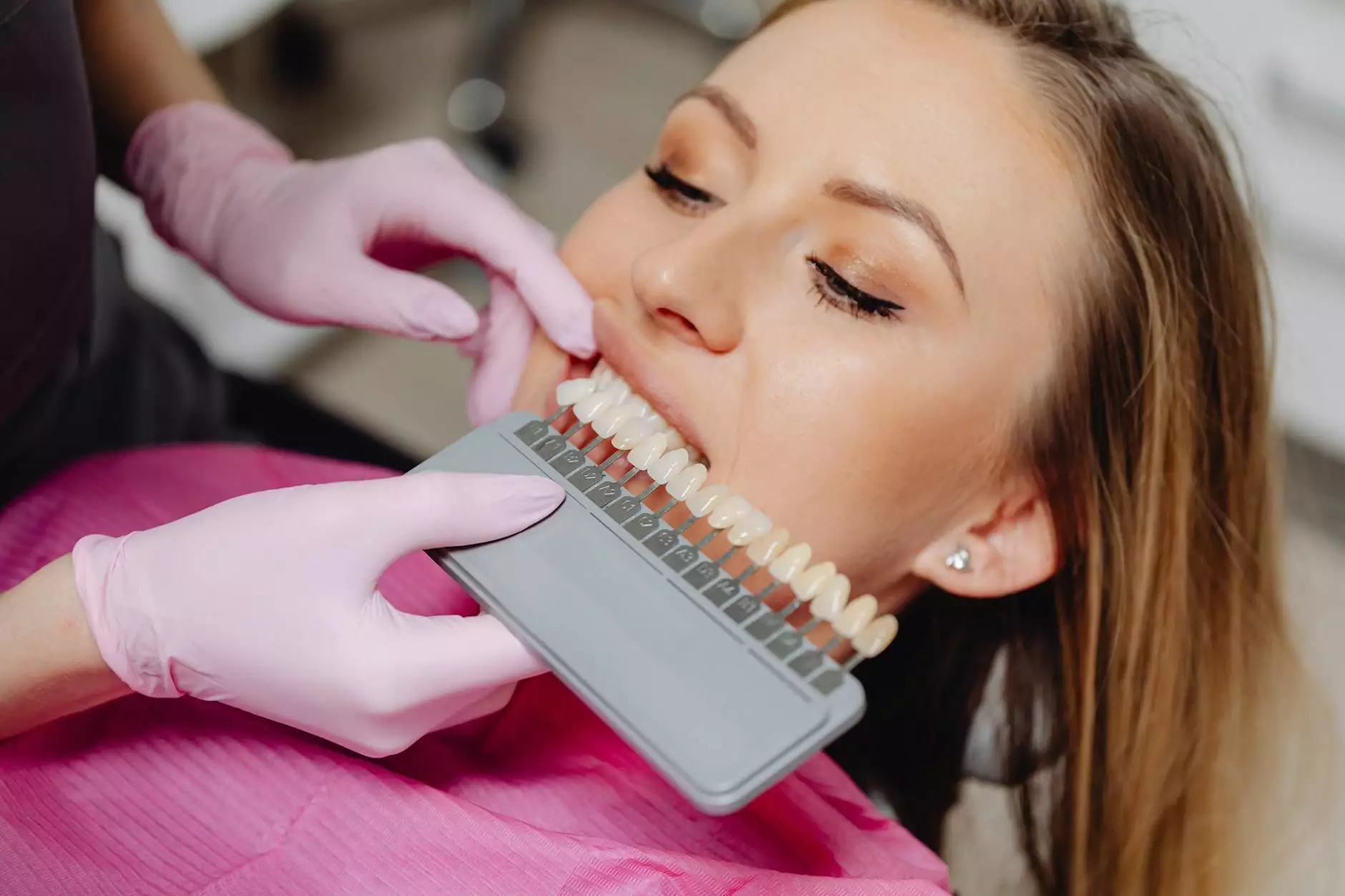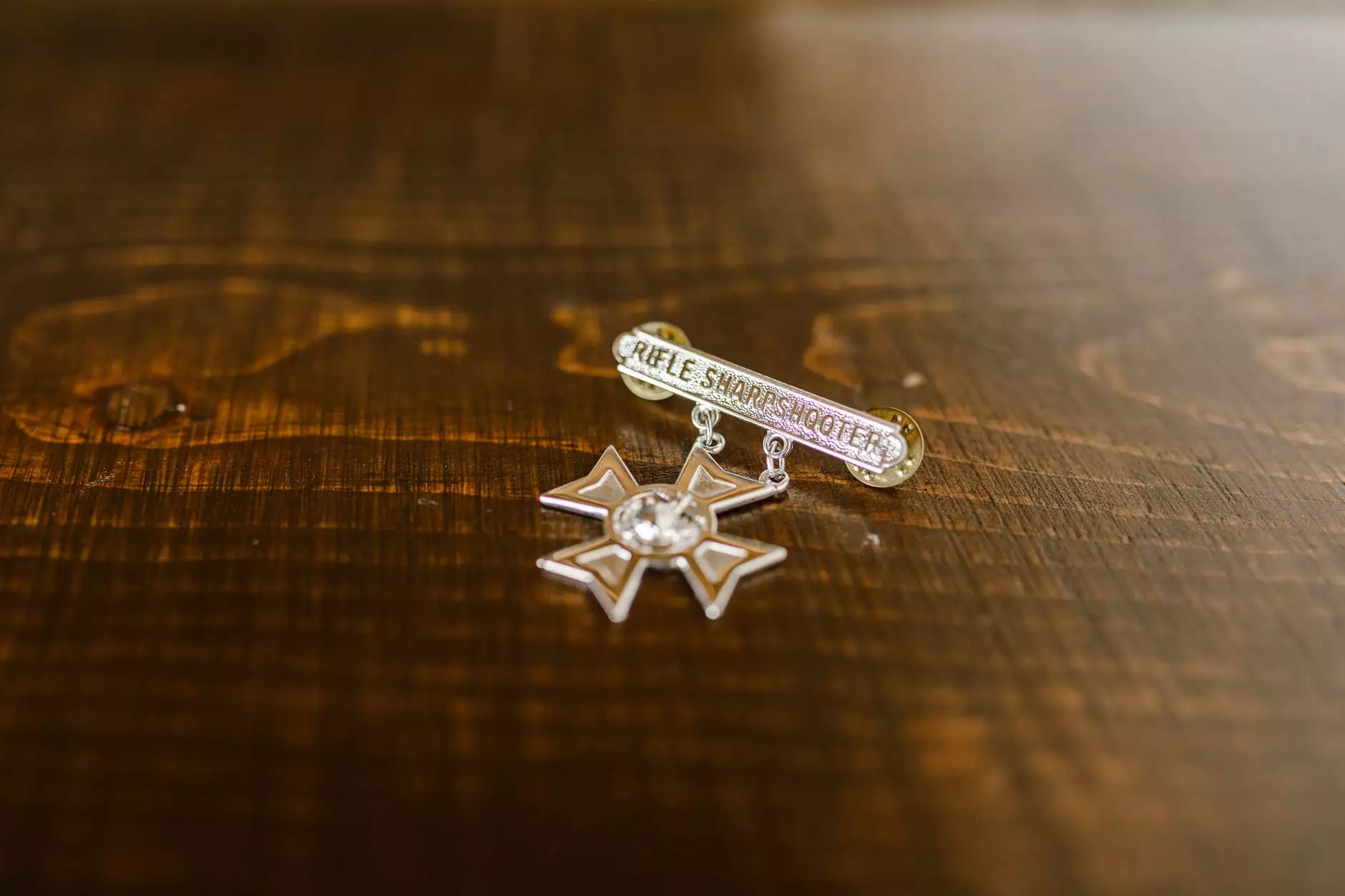Understanding Diastasis Recti and the Power of Pilates

Diastasis recti is a common condition that affects many individuals, especially new mothers. It involves the separation of the rectus abdominis muscles, which leads to a protruding belly and can impact overall core strength and stability. The condition is often caused by factors such as pregnancy, obesity, and even certain exercises that put undue stress on the abdominal area. Given its prevalence, understanding how diastasis recti Pilates can aid recovery is essential for many seeking to reclaim their fitness.
The Anatomy of Diastasis Recti
Before delving into the benefits of Pilates, it is crucial to understand the anatomy behind diastasis recti. Here are important components:
- Rectus Abdominis: This is the main muscle group that runs vertically along the abdomen. It's responsible for the flexion of the trunk.
- Linea Alba: This is the connective tissue that runs down the center of the abdomen, separating the two sides of the rectus abdominis.
- Transverse Abdominis: Known as the body's natural corset, this muscle wraps around the torso and plays a significant role in core stability.
Common Causes and Symptoms of Diastasis Recti
Understanding the triggers of diastasis recti can aid in prevention and treatment. Here are several causes and symptoms associated with this condition:
Causes
- Pregnancy: This is the most common cause as the growing baby stretches the abdominal walls.
- Obesity: Excess weight can put additional strain on the abdominal muscles.
- Improper Exercise Techniques: Performing traditional abdominal exercises incorrectly can exacerbate the condition.
Symptoms
- Visible Separation: A noticeable gap in the midline of the abdominal muscles.
- Protruding Abdomen: A 'bulging' appearance of the stomach, often mistaken for weight gain.
- Weak Core: Difficulty in stabilizing the body during physical activity.
The Benefits of Pilates for Diastasis Recti
Pilates is a highly effective exercise regimen that emphasizes core strength, flexibility, and body awareness. When tailored to address diastasis recti, Pilates can offer numerous benefits:
Promotes Core Strength
One of the main focuses of Pilates is to strengthen the core. Specific exercises target the transverse abdominis, crucial for stabilizing the pelvis and spine, thereby facilitating the healing of the rectus abdominis separation.
Enhances Posture
Pilates encourages proper alignment and posture, reducing the strain on the abdominal muscles. Improved posture can lead to better overall body mechanics, reducing the risk of further injury or separation.
Encourages Mind-Body Awareness
The controlled movements of Pilates foster a deep mind-body connection. Awareness of muscle engagement can help individuals avoid further strain on the abdominal area, which is essential for those recovering from diastasis recti.
Effective Pilates Exercises for Diastasis Recti
When practicing Pilates to address diastasis recti, it is important to focus on specific exercises that promote healing and core stability. Here are some recommended exercises:
1. Pelvic Tilts
This exercise helps strengthen the core while gently engaging the abdominal muscles.
- Lie on your back with knees bent and feet flat on the floor.
- Inhale deeply, filling your lungs.
- As you exhale, gently tilt your pelvis upward, flattening your back against the mat.
- Hold for a few seconds, then return to the starting position.
2. Modified Plank
The modified plank strengthens the entire core without putting excessive pressure on the abdominal muscles.
- Start in a tabletop position on your hands and knees.
- Engage your core and shift your weight forward slightly.
- Hold for several breaths, focusing on maintaining a straight line from head to knees.
3. Knee Folds
Knee folds help activate the deep abdominal muscles while avoiding strain.
- Lie on your back with knees bent and feet flat on the floor.
- Slowly lift one knee towards your chest, keeping the other foot grounded.
- Lower the leg back down and repeat, alternating sides.
4. Side-Lying Leg Lifts
This exercise activates the oblique muscles without straining the front of the abdomen.
- Lie on your side with your legs extended straight.
- Lift the top leg up towards the ceiling, keeping it straight.
- Lower it back down without letting it touch the bottom leg and repeat.
Consultation and Professional Guidance
It is vital for individuals with diastasis recti to consult healthcare professionals such as physiotherapists or certified Pilates instructors who understand the condition. A tailored Pilates program supervised by an expert can ensure safety and effectiveness, leading to a more successful recovery.
Conclusion: Reclaiming Your Core with Diastasis Recti Pilates
In conclusion, diastasis recti Pilates is not just an exercise program; it is a holistic approach to healing and strengthening the body. Through targeted exercises, practitioners can regain their core strength, improve posture, and foster a better relationship with their body. If you are experiencing the effects of diastasis recti, consider seeking out specialized Pilates classes that focus on core rehabilitation. Your journey toward recovery begins with understanding your body and taking the right steps towards healthier living.
Call to Action
If you're ready to take control of your health and address diastasis recti, reach out to Hello Physio today. Our expert team will help you navigate your recovery journey with personalized Pilates sessions that target your unique needs. Together, we can work toward reclaiming your core strength and enhancing your overall wellness.









